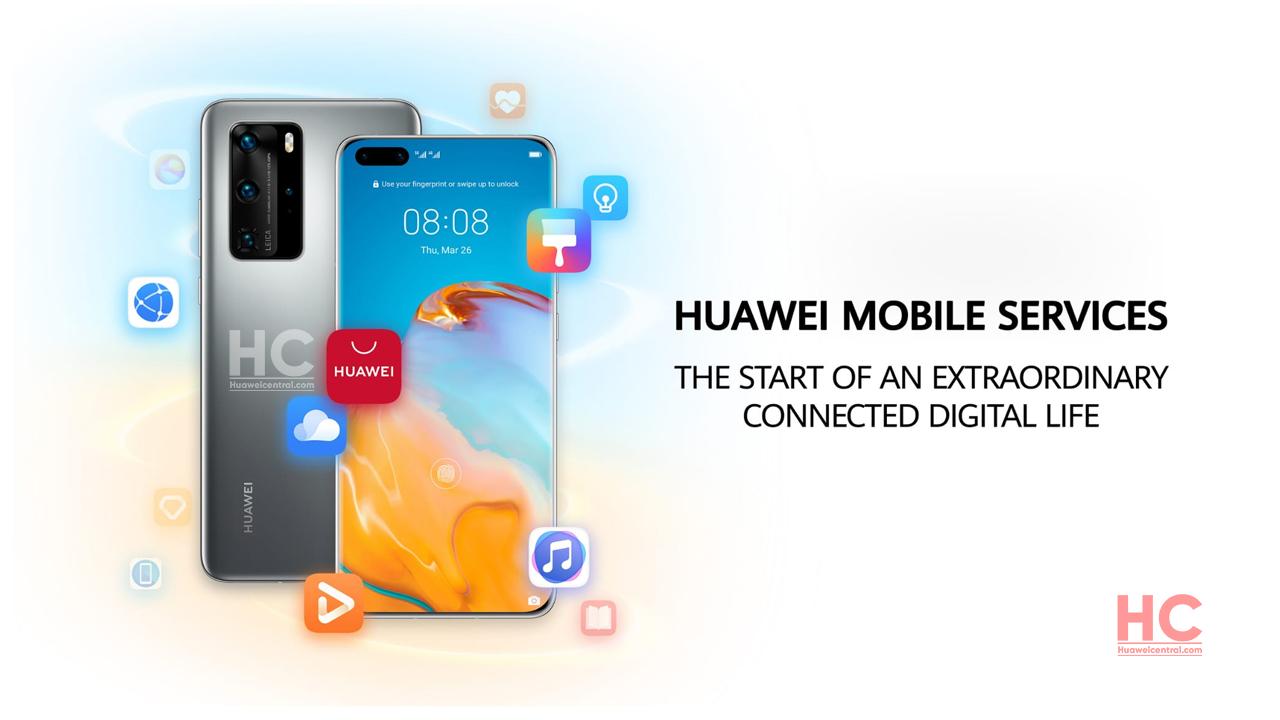HMS
How Huawei Mobile Services (HMS) compete against Google Mobile Services (GMS) in the global market?
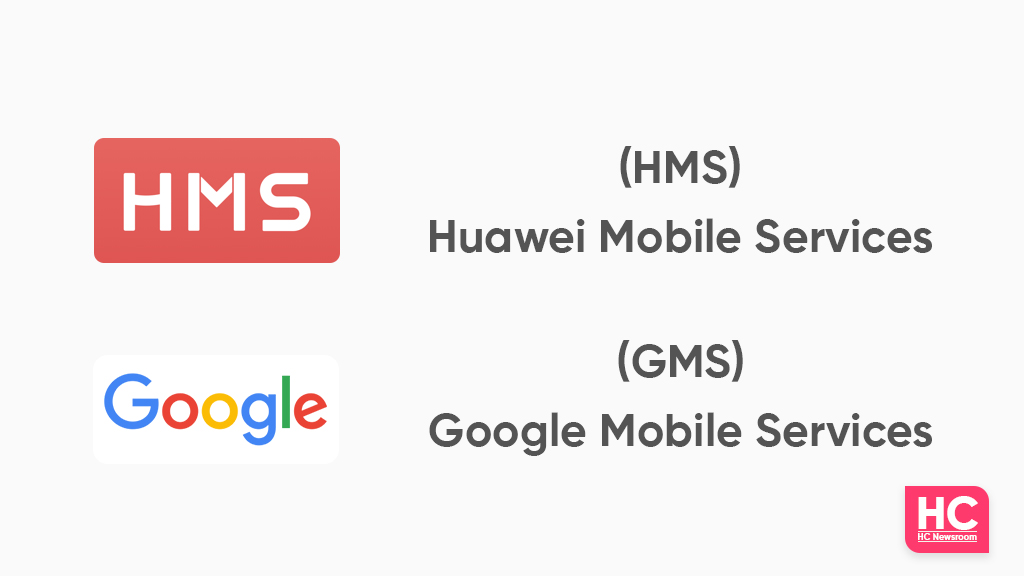
Google Mobile Services AKA GMS is the largest mobile ecosystem around the globe and every Android-powered smartphone has to take its access. Meanwhile, the HMS (Huawei Mobile Service) is new and the support is currently limited to Huawei smart devices. However, the HMS platform is growing rapidly but how the HMS will compete against GMS to attract developers?
Let’s find out…
Understanding the core of the Android ecosystem
The complete Android system is distinguished into two parts. First is the open-source platform (AOSP) code library, which is the base of the smartphone operating system. It includes Linux Kernel, virtual machines, and some basic user interfaces including notification panels, themes, settings, and more.
The other part of Android is the Google Mobile Services (GMS), which is not open source. Google does claim that the GMS suite is free, but the actual verification cost for each device is around $0.75 and is already included in the overall price of the Android phone when you purchase it.
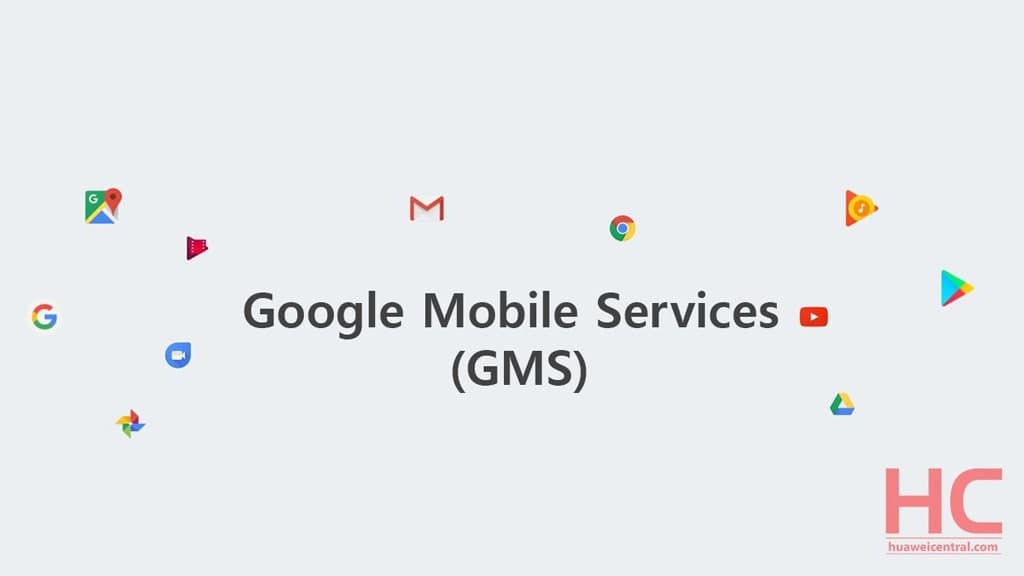
GMS comprises various services other than just some basic ones, it includes a large number of APIs for third-party applications. If you notice, the activities such as account verification message, message push, location service, and other functions, all rely upon GMS.
Furthermore, the GMS APIs also provides support for the developers to quickly develop the applications. So, most of the apps we use on Android devices are based on GMS, and without the GMS’s proprietary non-open API, they would not be able to run.
Third-party device uses GMS in four different ways:
Using both AOSP and the GMS
The first method is the use of AOSP (Android Open Source Project) and the GMS at the same time. This is the common method and several OEMs use this way including Samsung, Xiaomi, HTC, LG, and others. The AOSP and GMS combination way is better and ensures compatibility with all the third-party applications.
This does not completely make the third parties use only the GMS-provided applications, they still have the liberty to use their own apps to keep pace alongside GMS apps.
Completely ignore the GMS
In the second term, the OEMs can completely ignore the GMS and use their own app stores and mobile services and this is adopted by several phone makers such as Huawei, Xiaomi, Oppo, Vivo, and more. However, only this only applied in China. Except for Huawei, all of the Chinese phone makers launch devices with AOSP and GMS.
Huawei has even introduced its own mobile services, better known as HMS (Huawei Mobile Service). But these kinds of services might often result in a bad user experience as the third-party apps can’t run on these in a normal way.
By just using AOSP and some basic functions of GMS
Another way to use GMS is to take advantage of AOSP and use the basic function close to GMS API to replace the GMS. But no other company considers this method and the closest one to use this technique is Amazon.
Huawei operating system with some AOSP libraries
The fourth way is what was adopted by Huawei’s HarmonyOS. Initially, the Chinese tech maker has used some of the basic AOSP services, such as hardware and telephone support.
Huawei has introduced HarmonyOS with the focus to build its own mobile application ecosystem in China, but it lacks some important functionalities for the global market.
The Chinese tech giant has built the HMS and the HarmonyOS to completely get rid of the GMS, but it is not easy to make progress in the global market without supporting Android apps. That’s why Huawei needs to add APK support on this new OS to support exiting HMS apps until a native HarmonyOS app ecosystem builds up.
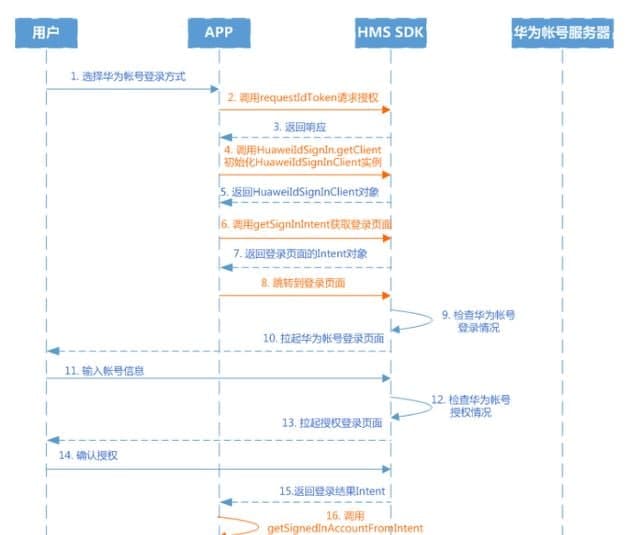
What’s the scope for the HMS in global markets
Huawei has been taking all the necessary steps to uplift the HMS and the HarmonyOS. But competing again in a fully developed ecosystem is difficult and the majority of users are now used to it. In simple words, the company has to offer more than its competitor.
The developers also intend to use GMS and are concerned over the user base of HMS, which is negligible as compared to GMS. The users need a good reason to switch over to the HMS, which is still a concern. and they could choose to remain on GMS. Yet, there should be more clarity from the company and steps that could boost the awareness of the HMS platform.
Talking of efforts, Huawei has recently started promoting its own mobile service in the global market. The company has recently organized HMS Global Application Innovation Competition – “Apps UP” to motivate the developers.
The event included a huge sum of money – 1 million USD as a reward. After the first half of 2021, the number of developers has exceeded 4 million, while the applications reached 134,000.
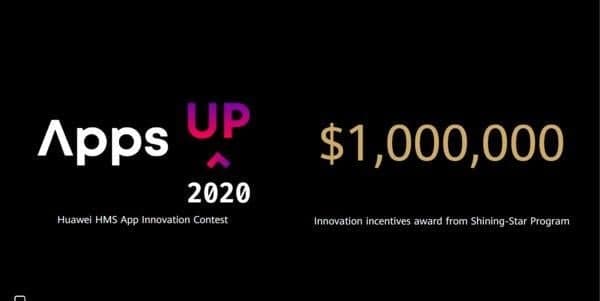
Still, there’s a long way to go for Huawei to fill the gap between data and GMS. While it seems that the company has already decided to make a way on its own. It has offered simple and very straightforward steps and such tools for the developers to switch from GMS to HMS.

